Fall in the Sleeping Bear Dunes National Lakeshore brings many important ecological and biological changes.
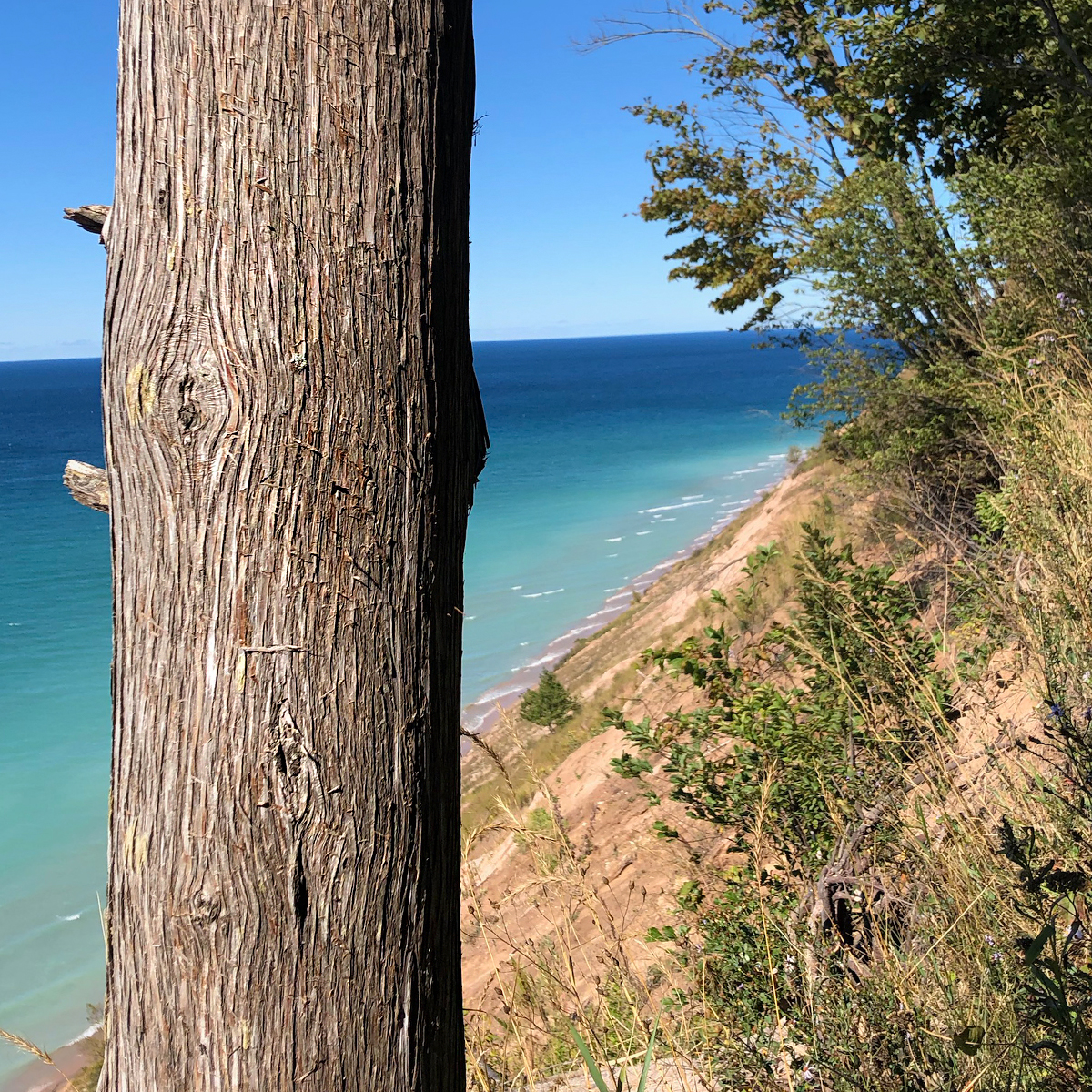 With the Fall Equinox behind us, daylight hours shorten and temperatures cool. Plumes of milkweed seeds spill from cracking pods and clusters of riverbank grape and staghorn sumac hang heavy, while geese pass overhead, noisily proclaiming another year’s journey south.
With the Fall Equinox behind us, daylight hours shorten and temperatures cool. Plumes of milkweed seeds spill from cracking pods and clusters of riverbank grape and staghorn sumac hang heavy, while geese pass overhead, noisily proclaiming another year’s journey south.
It is with subtlety that some of the important processes of fall occur, like in the case of the fall turnover, when the waters of lakes (stratified by temperature and density in the summer months) mix to become uniform throughout the water column, making oxygen and nutrients available to aquatic life.
Other natural processes of fall occur with flare. It is here where the trees of the region take center-stage.
The imminent, immense brilliance of the leaves changing color provides us an opportunity to pause and consider the unique trees of the Sleeping Bear Dunes National Lakeshore—their history, biology, and significance in the environment and our lives.
From LOGGING to TODAY’S FORESTS
In the late 1800’s, in the area of the National Lakeshore, an economic focus on logging resulted in the decimation of forests once used sustainably by indigenous people. According to NPS, “By 1910, most of the trees were gone.”
Though many of the original, small logging towns are now “ghost towns”, deconstructed after the surrounding forests were depleted, traces of the logging industry pepper the National Lakeshore, like the sawmill in Glen Arbor and the little town of Glen Haven. In many ways, the trees of this area—as well as the absence of trees—have shaped the lives of those who use the land.
Today, walking a trail through these forests, it’s difficult to imagine how this land looked post-logging, just over a century ago; the secondary succession forests of the National Lakeshore are impressive, featuring tall oaks and pines, black ash, and beech/maple northern hardwood forest, described by NPS as, “…probably…the best representation of this forest within the National Park system except for Great Smokey Mountains National Park.”
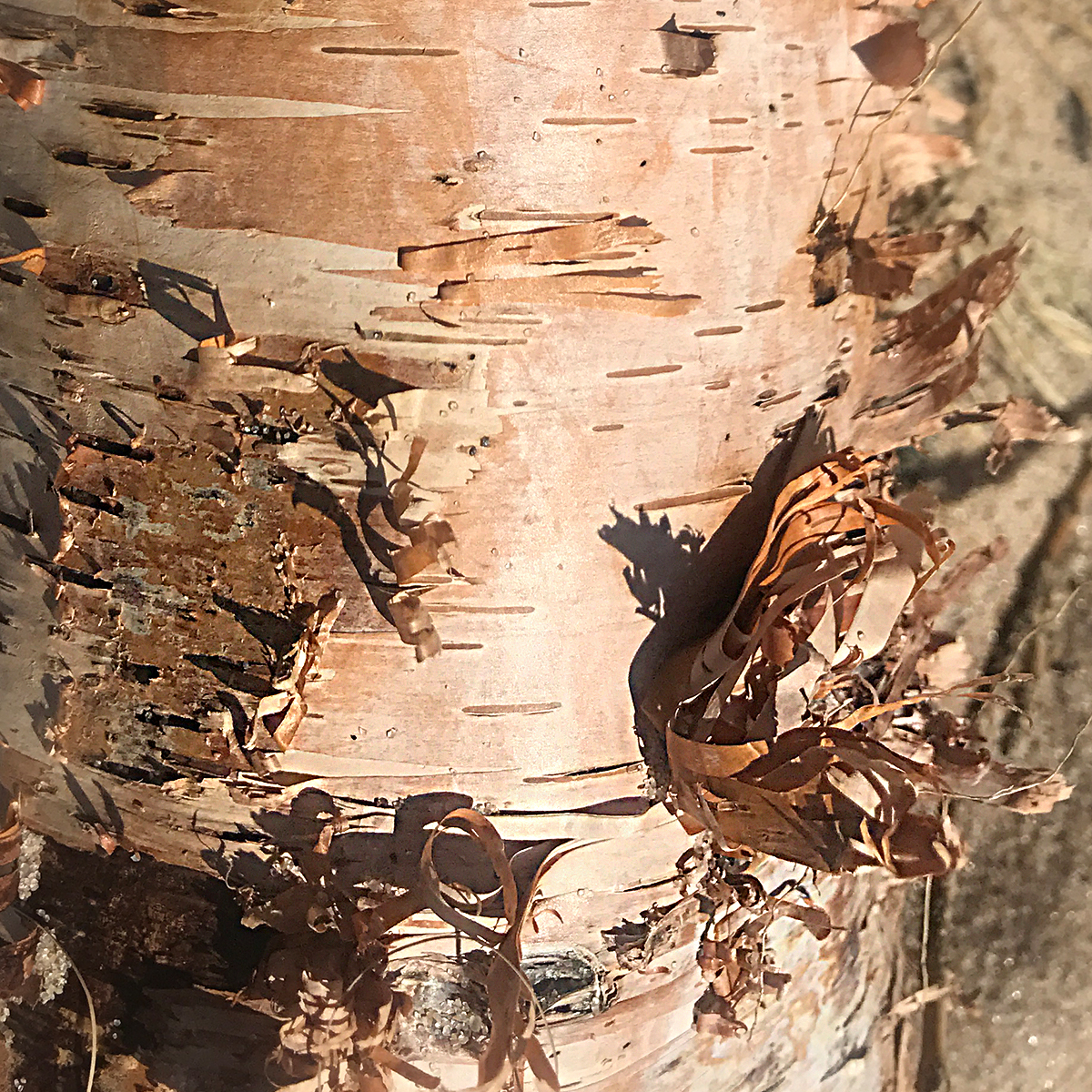
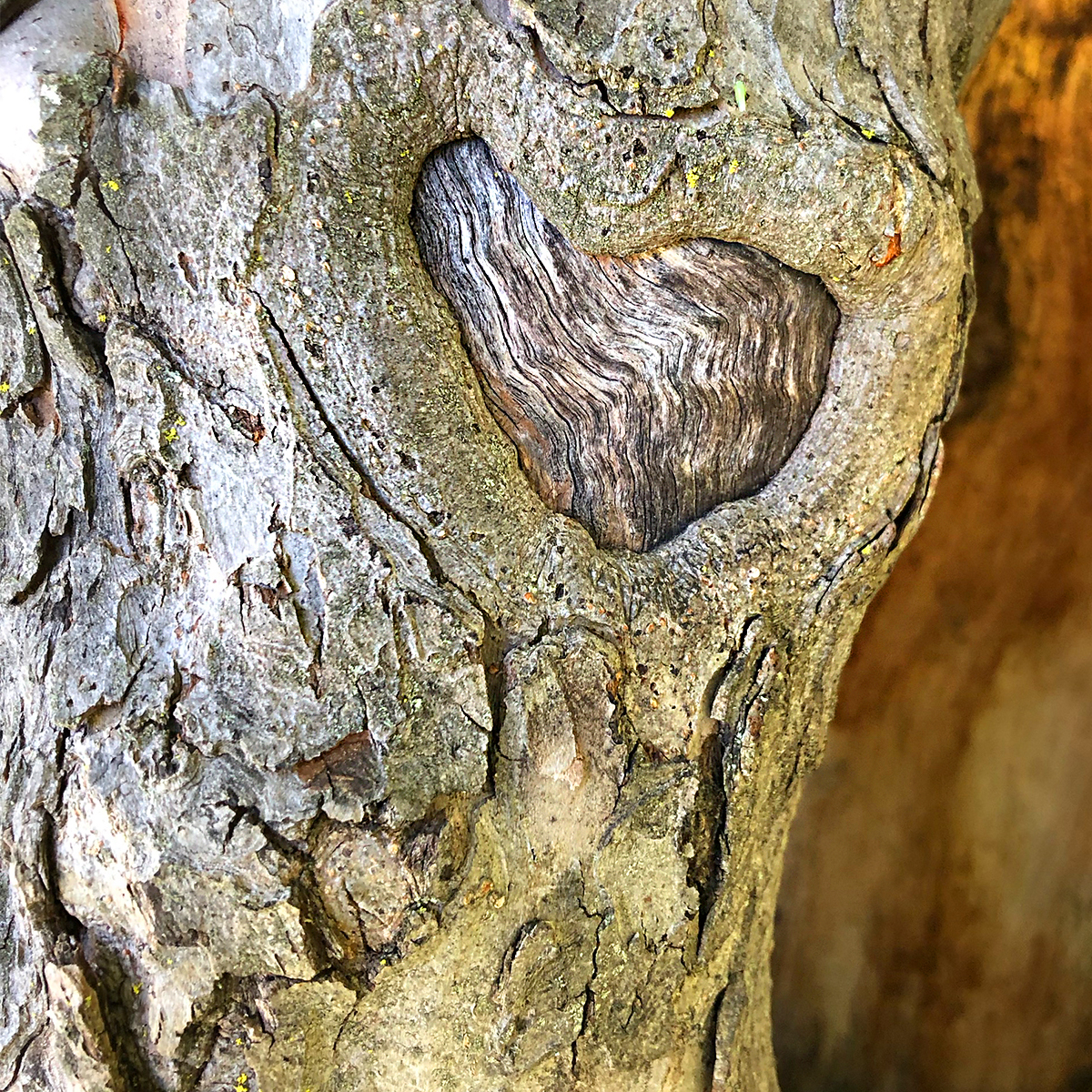

OLD GROWTH TREES
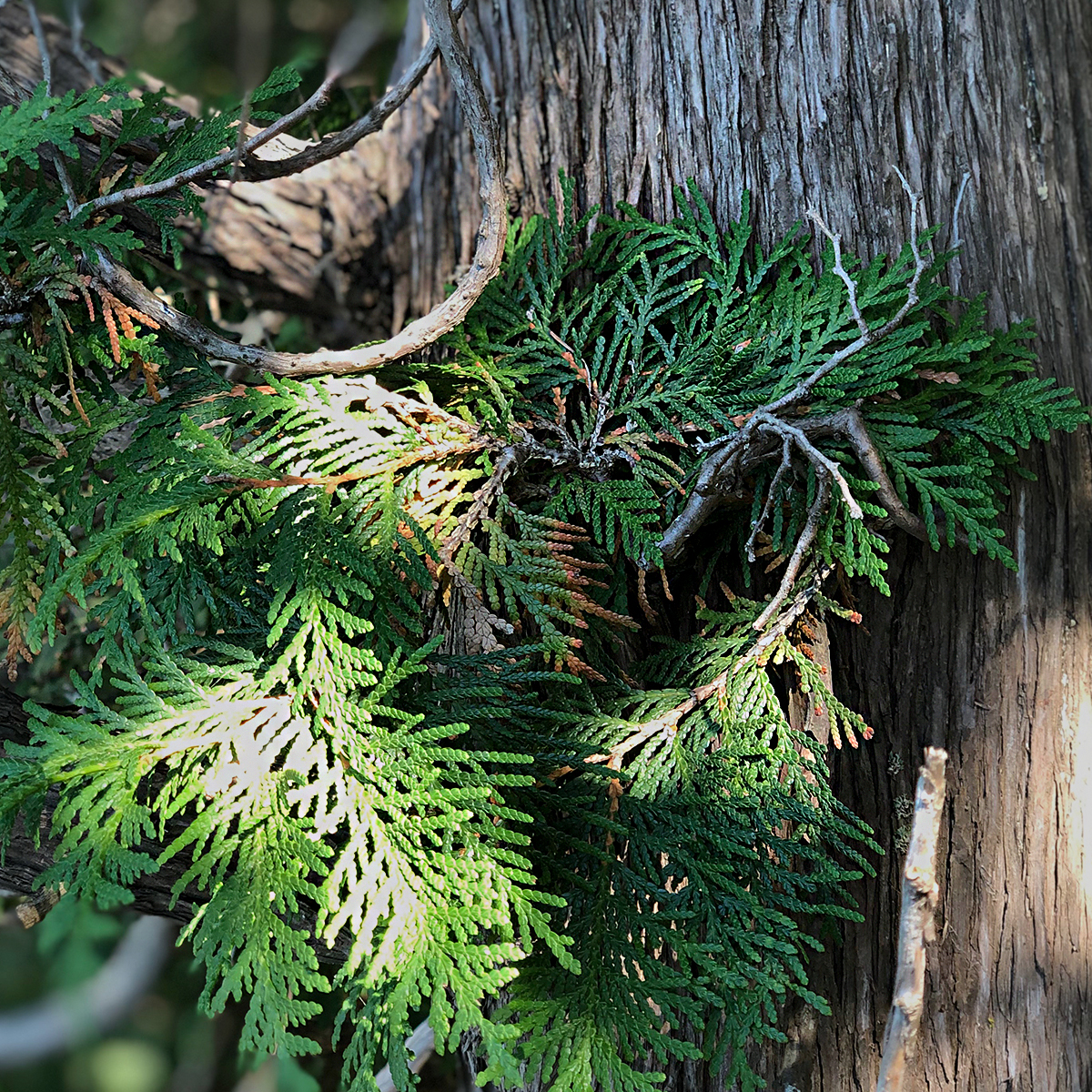 Not all trees within the National Lakeshore were cut at the time of logging. South Manitou Island is cherished, in part, for its northern white cedar stand; some of the trees here exceed five hundred years in age. Old growth forests give us a glimpse into the past; via the MI DNR, these forests “present a legacy of an era that will never be repeated.”
Not all trees within the National Lakeshore were cut at the time of logging. South Manitou Island is cherished, in part, for its northern white cedar stand; some of the trees here exceed five hundred years in age. Old growth forests give us a glimpse into the past; via the MI DNR, these forests “present a legacy of an era that will never be repeated.”
Some very old trees are present on the mainland as well, including apple trees planted by settlers, characterized by whimsically gnarled branches; limbs laden with fruit make apple trees stand out in fall time.
 At Esch Rd Beach, the site of the “ghost town” logging town, Aral, the over-ripe apples of a large apple tree have fallen to the ground, drawing the attention of pollinators. Separated from Lake Michigan by a small dune, this tree, sporting an extensive canopy and large fruits, stands out amongst the pale sand and dune grasses.
At Esch Rd Beach, the site of the “ghost town” logging town, Aral, the over-ripe apples of a large apple tree have fallen to the ground, drawing the attention of pollinators. Separated from Lake Michigan by a small dune, this tree, sporting an extensive canopy and large fruits, stands out amongst the pale sand and dune grasses.
Watching the activity of the insects on the apples, I wonder, how old is this tree? Did its growth coincide with the goings-on of the town of Aral? Are there also pre-colonial trees on the mainland of Sleeping Bear Dunes National Lakeshore? Where are they? Of what species? What changes in the world those towering sentinels must have seen!
The answers to my questions have not come quickly—I will continue looking into the topic of old trees in the National Lakeshore. Many mysteries remain in nature. And not all knowledge is recorded in writing. Pieces of the stories of the trees of the Sleeping Bear Dunes National Lakeshore must also be scattered throughout the memories and traditions of the region’s people.
CONSIDERING TREES
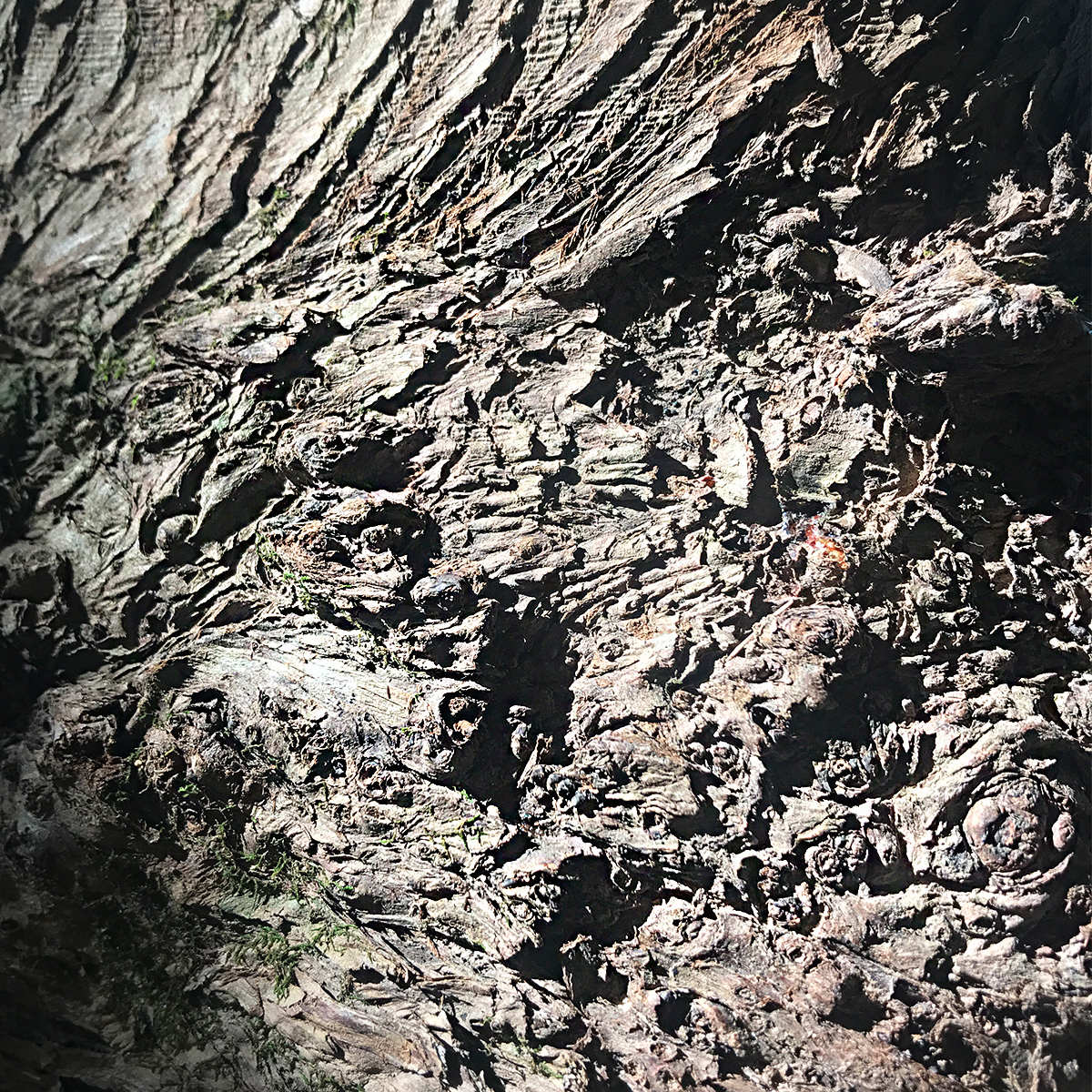 Considering trees, however, can be done without tools or prerequisite knowledge. One can just go outside and pay attention to trees, noticing the texture of the bark, the form of the branches, the color and shape of leaves, enjoying the brightly green mosses and little fungi nestled in decay, and the smell of pine and wet leaf litter. All around a tree are quiet indications of life’s processes in action.
Considering trees, however, can be done without tools or prerequisite knowledge. One can just go outside and pay attention to trees, noticing the texture of the bark, the form of the branches, the color and shape of leaves, enjoying the brightly green mosses and little fungi nestled in decay, and the smell of pine and wet leaf litter. All around a tree are quiet indications of life’s processes in action.
Considering trees, we may simply listen. “There is a word that describes the sound of wind in the leaves: psithurism (pronounced: SITH-ur-iz-m),” muses Richard Fidler, author of “Of Things Unloved and Ignored: A Naturalist Walks Northern Michigan”. Many people feel that, in a way, trees speak to them. Nathan Wright, who uses traditional Native American herbal knowledge to create medicinal products through his business, the Herbal Lodge, said, “When you walk out into the woods, my belief is that when a tree makes a noise (like a creak), you should go over there and look around that tree. There is a good chance that there is something that will help you, or something you’re looking for, near that tree.”
Trees connect us to the past. They support our lives today and our futures.
With the glorious change in leaf color approaching, as Fidler says, “Let us listen.”
RECOMMENDED SITES
These sites are in proximity to each other and have historical links (John Tweddle, who would build Treat Farm, worked as a bookkeeper for operations in Aral). Seen on the same day or otherwise, I feel they are complementary for both tree-viewing and indulging the eeriness of fall.
- Treat/ Tweddle Farm: Positioned near a steep bluff above Lake Michigan, a slightly inclining hike brings visitors to a historic farmstead with several vacant building structures and apple trees with interesting qualities. From the farmstead, visitors can hike to the dune bluff, which features many beautiful cedars, high above the Lake—look for apple trees growing in the wild along the bluff.
- Esch Rd Beach: At the end of Each Rd off M-22 is the site of logging “ghost town”, Aral; read here about the history of the town, and a violent incident that took place there. On site, look for remnants of building foundations. At the beach, Otter Creek flows into Lake Michigan. To access the nearby Otter Creek Loop, turn on Aral Rd before the end of Esch Rd.
Thank you to Sarah P., for looking for trees with me and sharing your photographs.
